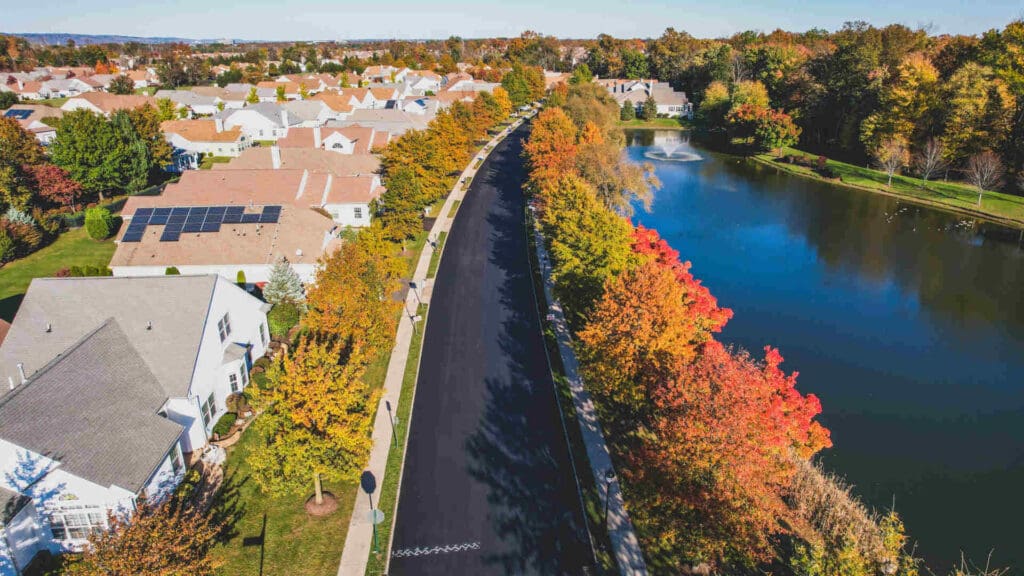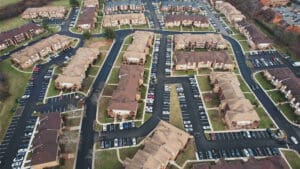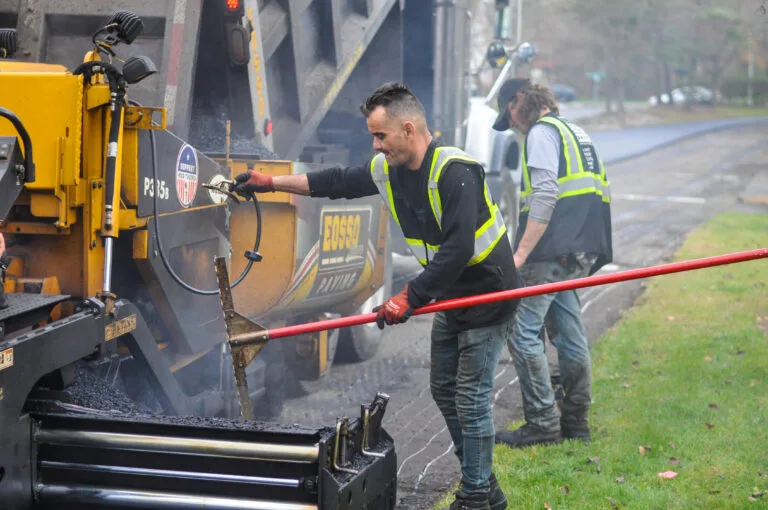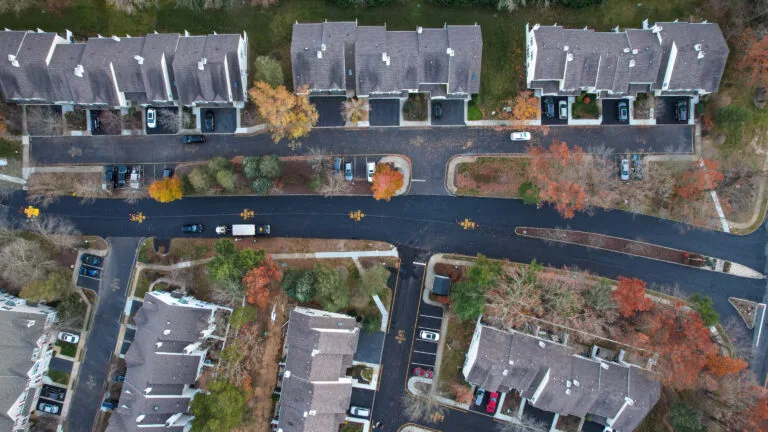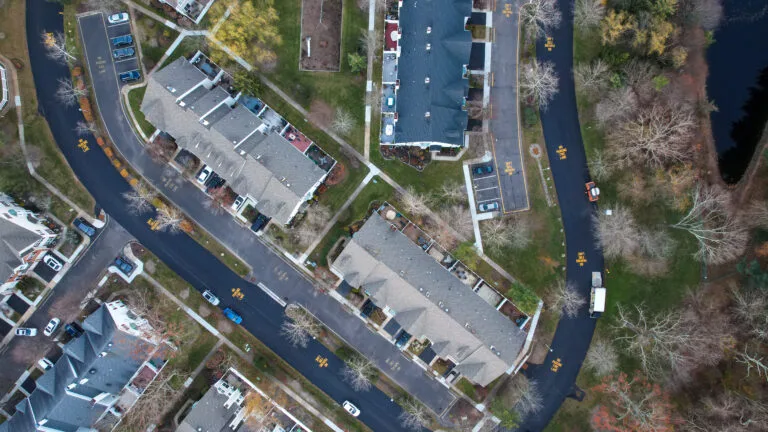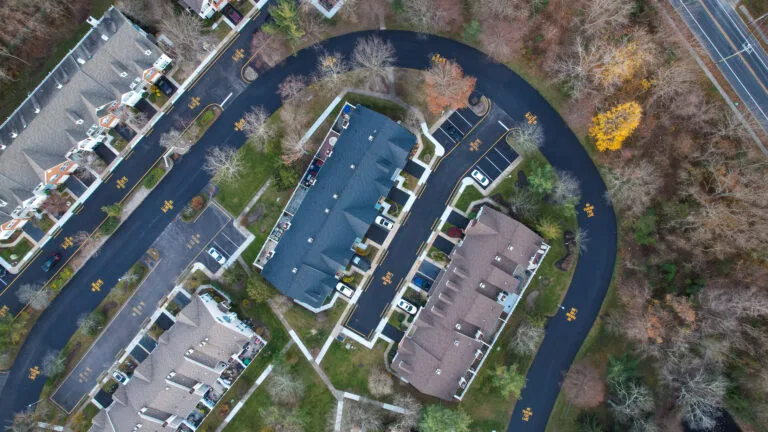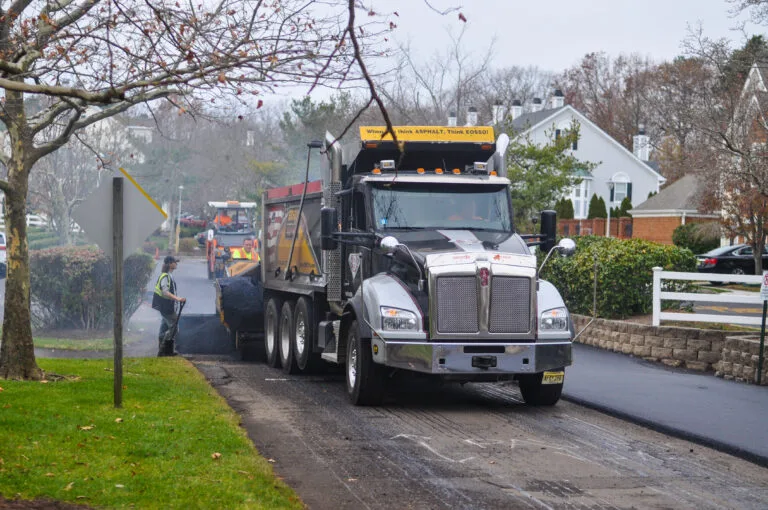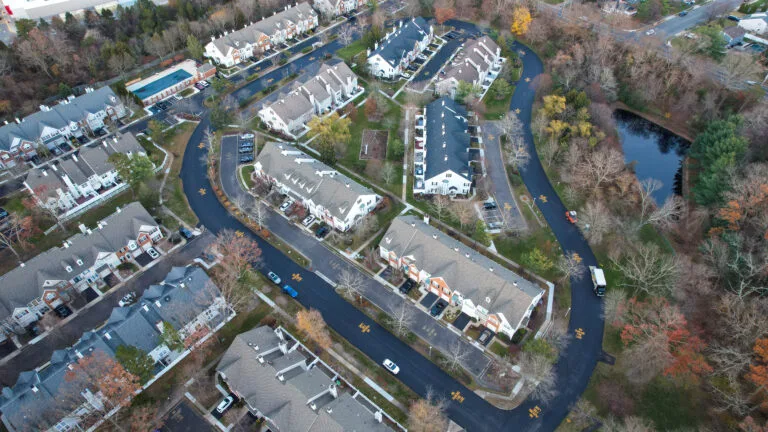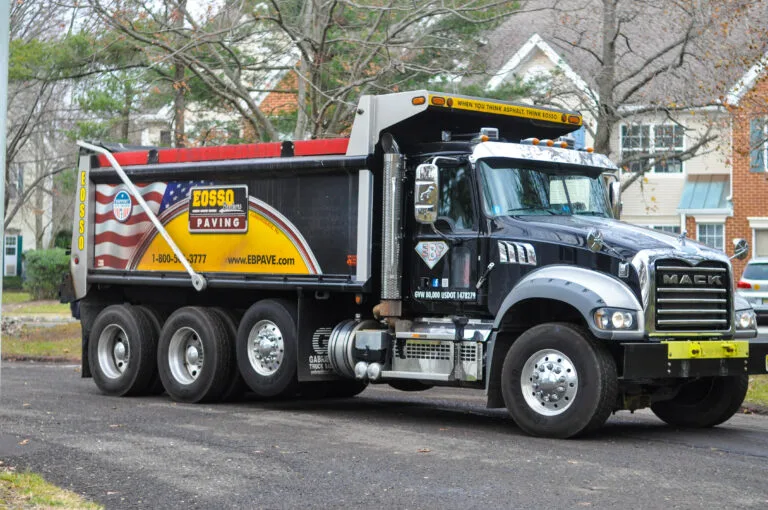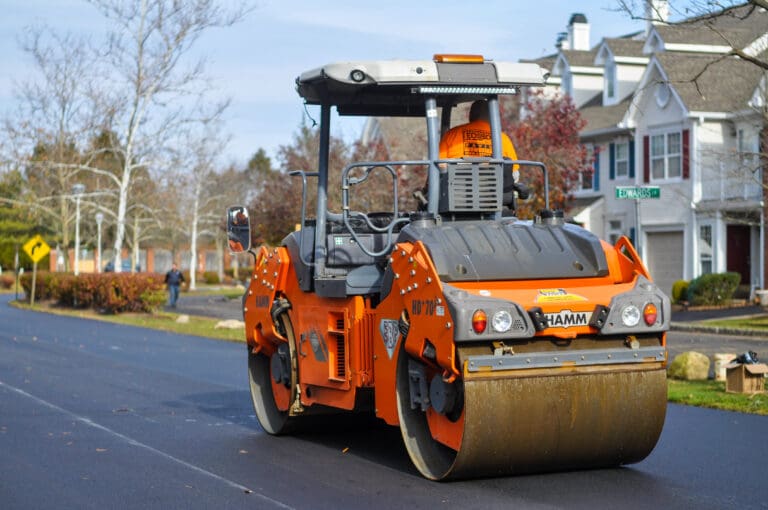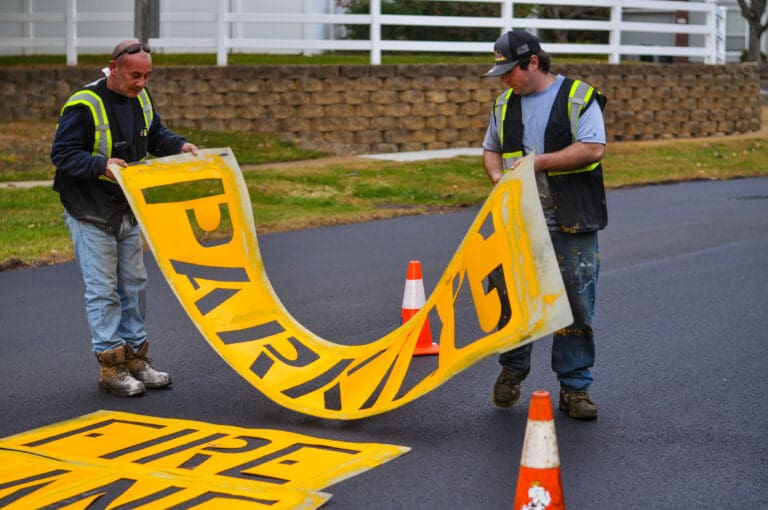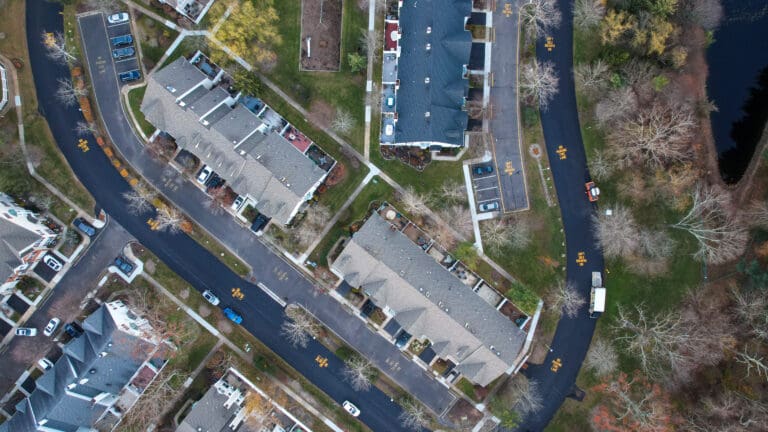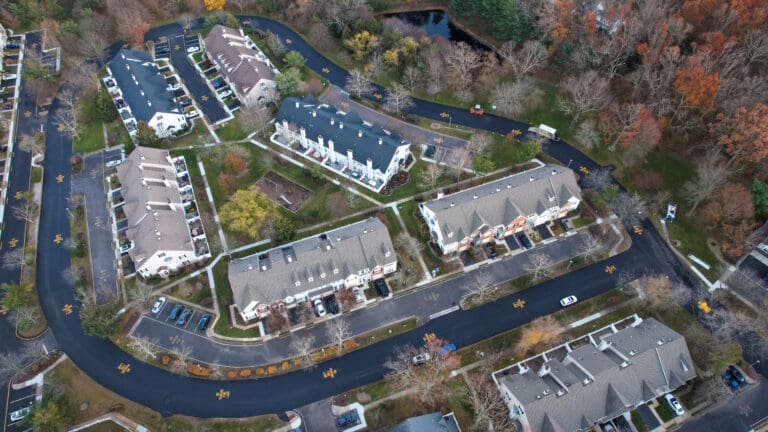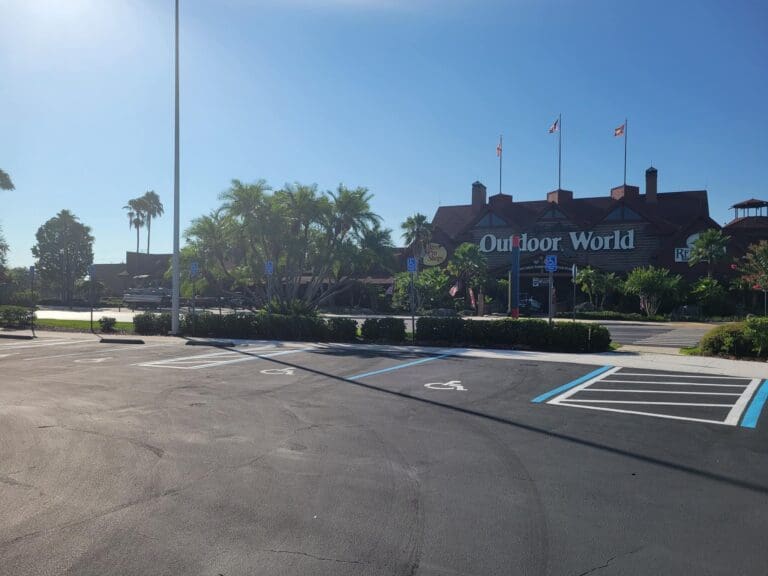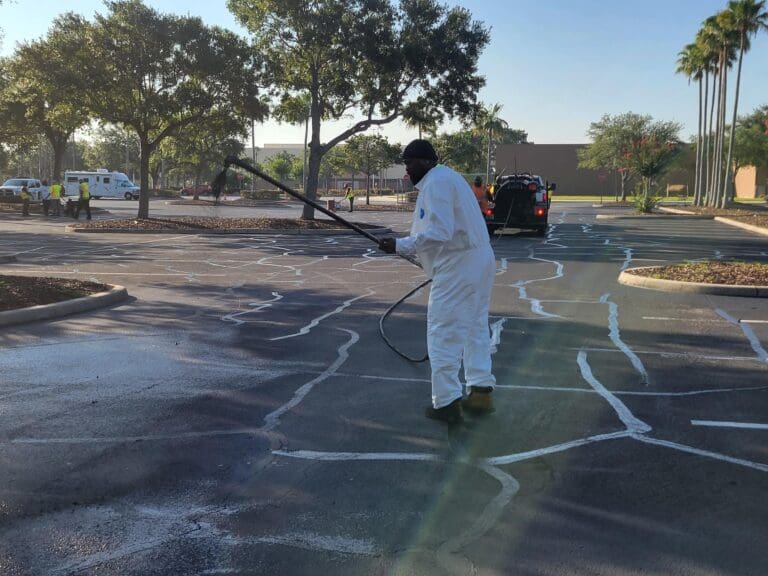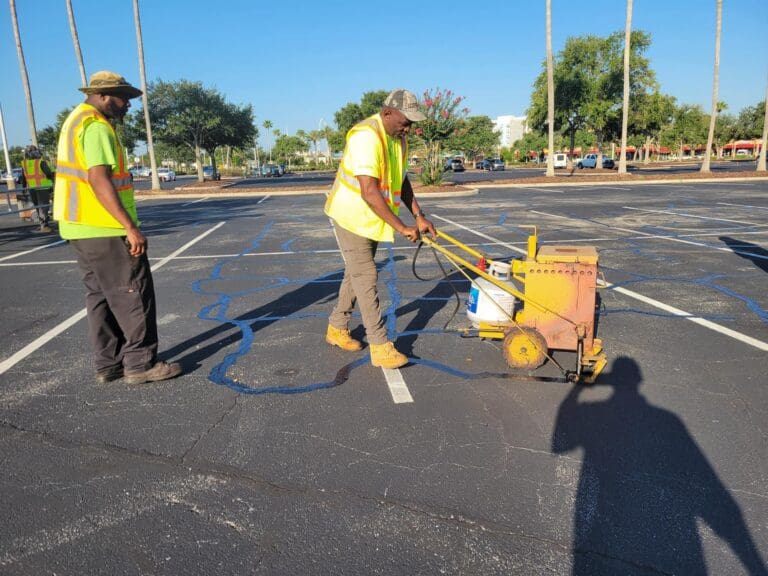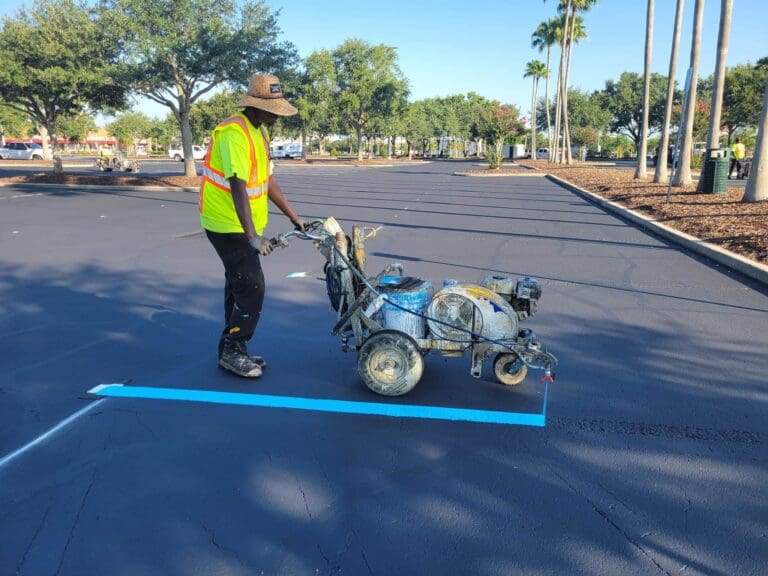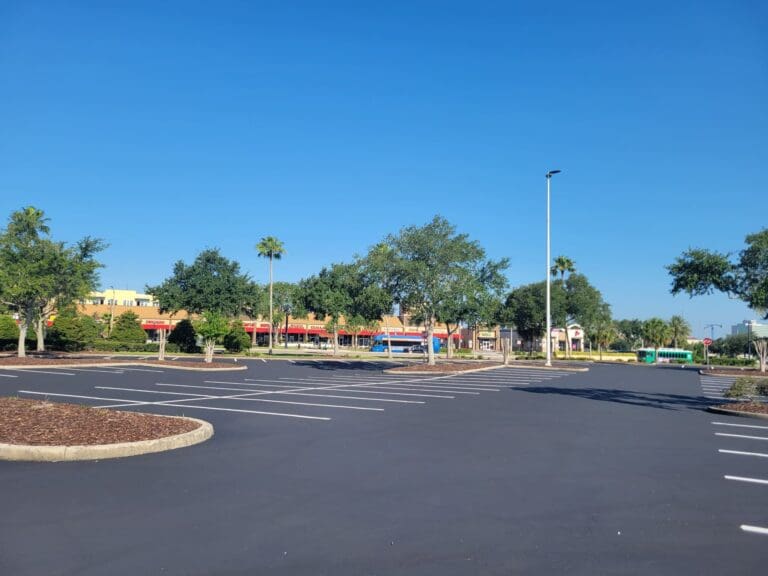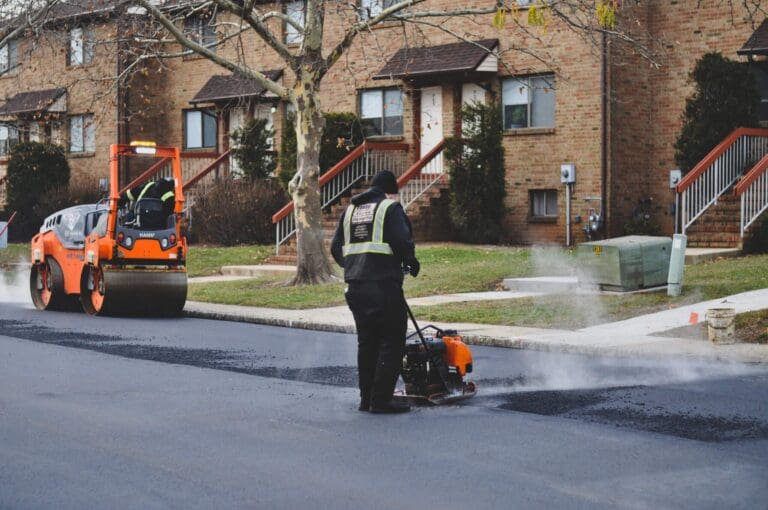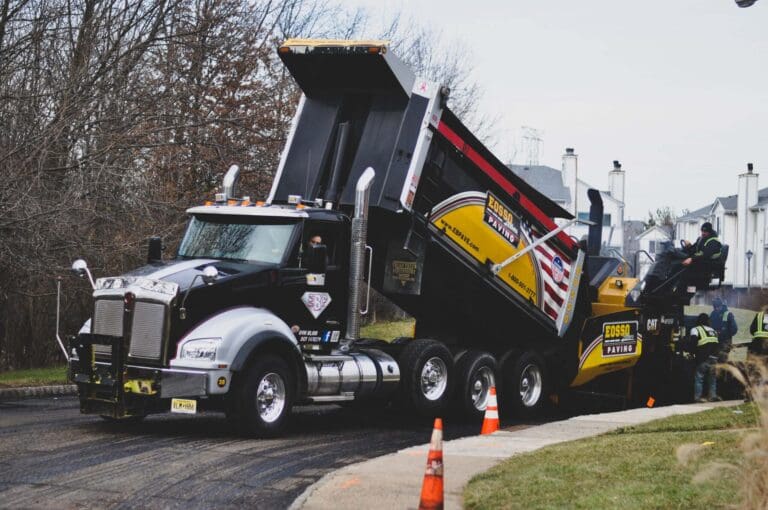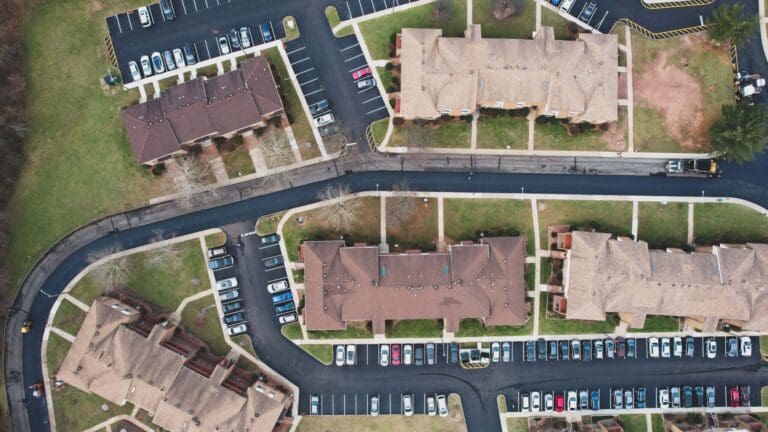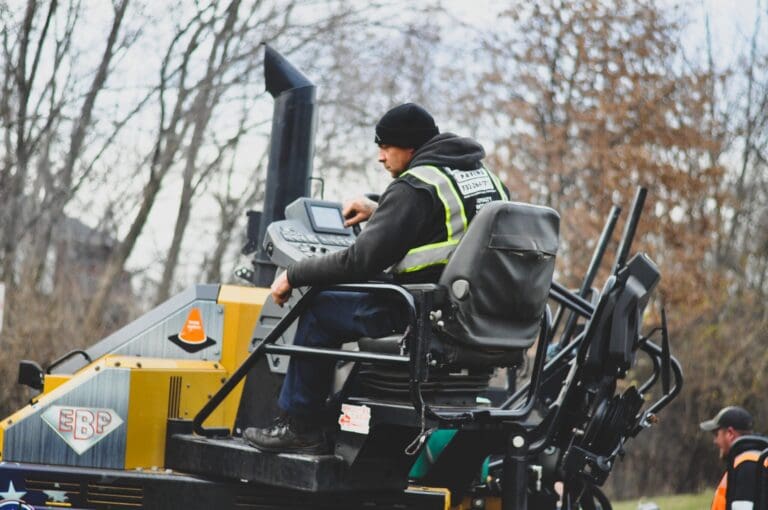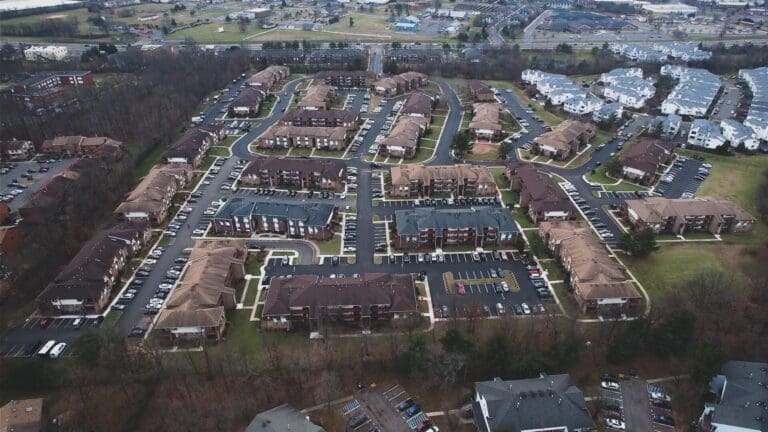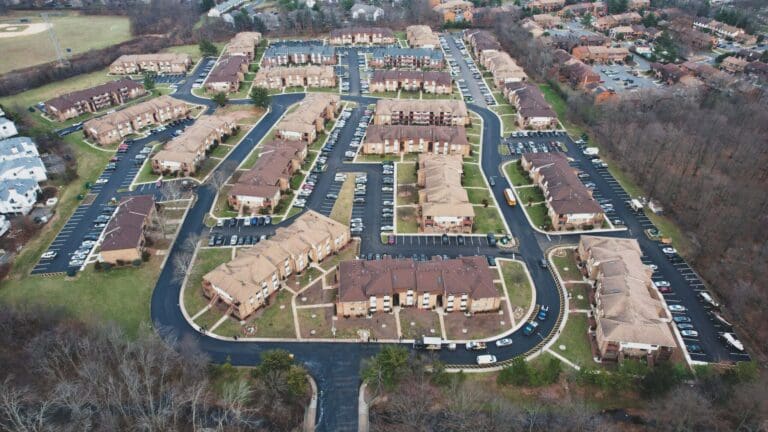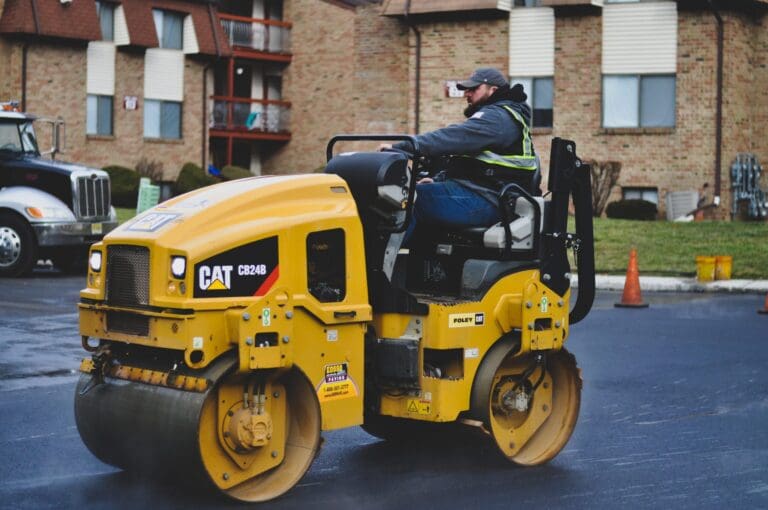If you are considering new pavement, you undoubtedly have a lot of questions. What is reconstruction? What is an overlay? How do I know what I need and how much can I expect to pay?
These are all excellent questions. Having the right answers can help you make informed, empowered decisions regarding you pavement. Let’s take a look at some of the most common questions asked.
- What is resurfacing and what is reconstruction? Pavement resurfacing (also known as an overlay, asphalt overlay or pavement overlay) is the process of installing a new layer of asphalt over the existing pavement. This new layer is generally 1.5 – 2 inch in depth. Pavement reconstruction is the process of installing both the subgrade asphalt layer as well as the top pavement overlay layer.
- When should a parking lot or driveway be resurfaced? When the surface has become heavily oxidized but the base (also known as subgrade) remains in stable condition. The condition of the subgrade can be tested through core-testing when there is any concern or question of what shape it is in.
- When should pavement be reconstructed? When there is extensive damage or alligator cracks, it is more effective and cost-efficient to completely reconstruct than to do an overlay.
- How long should newly resurfaced pavement last? That depends on many factors as no two paving projects are identical. Factors that determine pavement lifespan include weather patterns, the harshness of winter (freeze-thaw cycles), how many heavy trucks use the pavement in question, the thickness of the new asphalt layer, the exact condition of the subgrade prior to resurfacing and how well the new surface is taken care of through routine maintenance. An average pavement overlay lifespan can be from 8-15 years, depending on the above factors.
- How long should completely reconstructed pavement last? This again is dependent on many factors as outlines above for resurfacing. On average, however, with proper routine maintenance a newly reconstructed parking lot or road can last from 15-25 years.
- How long before traffic is permitted on a newly resurfaced lot? At least a day. Rubber tire traffic will not damage new asphalt but care should be taken to avoid sharp turns, such as turning the wheels on an unmoving vehicle.
- Why is edge milling prior to resurfacing important? Proper drainage conditions are extremely important to consider when resurfacing your pavement. How well does your parking lot drain now? How will this be affected by a new layer of asphalt? As a general rule an asphalt parking lot should have a minimum slope of 1% for water to drain properly. This translates to roughly 1″ of fall for every 10 feet of pavement.This is why edge milling is important: by milling the edges of existing asphalt below the level of adjacent concrete, the new asphalt can be installed at the same level as the concrete, preventing water from becoming trapped between the asphalt and concrete. Without edge milling, the new layer of asphalt will sit one and half to two inches higher than the adjacent concrete, increasing water damage to your pavement while also causing a trip or fall hazard for people.
- Why can’t a parking lot or driveway be resurfaced or reconstructed during the winter months? Resurfacing in cold weather leads to cold “seams” which can contribute to premature deterioration and failure. The general rule of thumb is to pave when temperatures are 50° F and rising.
- What can we do to maintain our new pavement asphalt after completion? It is important to implement a pavement maintenance plan and start budgeting for maintenance as soon as new pavement is completed. Due to New Jersey’s freeze and thaw cycles some cracks may appear after each winter. Yearly crack filling and routine sealcoating beginning after the 2nd year will keep your pavement in the best possible condition.
- Can you resurface over cracked pavement? Yes, sometimes. Linear cracks (cracks that form nearly straight lines) can be filled with a hot rubberized sealant. We can also use paving fabric over cracks before resurfacing. Alligator cracks require much more extensive work to fix; if a small area has alligator cracking, it can be fixed prior to resurfacing. If the entire lot has alligator cracking, complete pavement reconstruction (not just resurfacing) is probably needed.
- What happens to utility valves (manholes, water and gas boxes)? We install 2” cast iron risers to make sure utility valves are even with new overlay.
- How thick is a pavement overlay? Many engineers specify between 1.5 – 2 inches thick: Eosso Brothers experience has shown that for New Jersey pavement needs, 1.5 inches is too thin. We recommend installing pavement 2 – 2.5 inches thick, compacted to 2 inches, for the best results.
- We called 3 contractors for estimates and all the estimates are different: why is this? When you or your community is ready for pavement work, it is important to have specifications drawn up from either an Engineering firm or a reputable paving contractor. Have all contractors bid apples to apples: quotes can vary greatly if your contractors are not bidding on the same work specifications. This is why it is important to educate yourself about the process (and why Eosso Brothers goes the extra mile in community education and planning); so you can make the most informed decision possible about your needs.
- Do I really need to completely reconstruct my parking lot or can I just overlay it? A resurface will only be as good as the underlying asphalt core surface. If 25-35% or more of the total parking lot area is in need of substantial removal due to subgrade or other problems, it is generally more economical, and more effective, to completely reconstruct the parking lot.
- What should I look at yearly for maintenance? Have your catch basins, retention basins and drains inspected and cleaned yearly. Have cracks filled once a year. These two simple yearly maintenance procedures can greatly extend the life of your pavement.
- How will you go about paving our community if there is not a lot of parking? Eosso Brothers Paving creates a detailed color mapping system for each project that explains work being completed daily and where cars need to park. It is important for the manager to have a notice distributed to the community 1 month prior to start of work explaining tentative work dates. When parking is extremely limited, paving can be done over multiple days so as to have adequate parking available for everyone.
- Our reserve study is not in line with our estimates, why is that? Since September 11, 2001 petroleum prices have increased substantially. Petroleum is in asphalt and diesel fuel is used in all of our trucks. Have your engineer keep an eye on yearly costs and revise your reserve study as needed; this is an important part of your overall pavement management plan.
- What can I expect to pay for my paving project? This depends on your individual project’s needs including size and scope of work. Contact us directly for a customized quote.
If you have any other questions, feel free to contact us directly. Knowledge is power!

